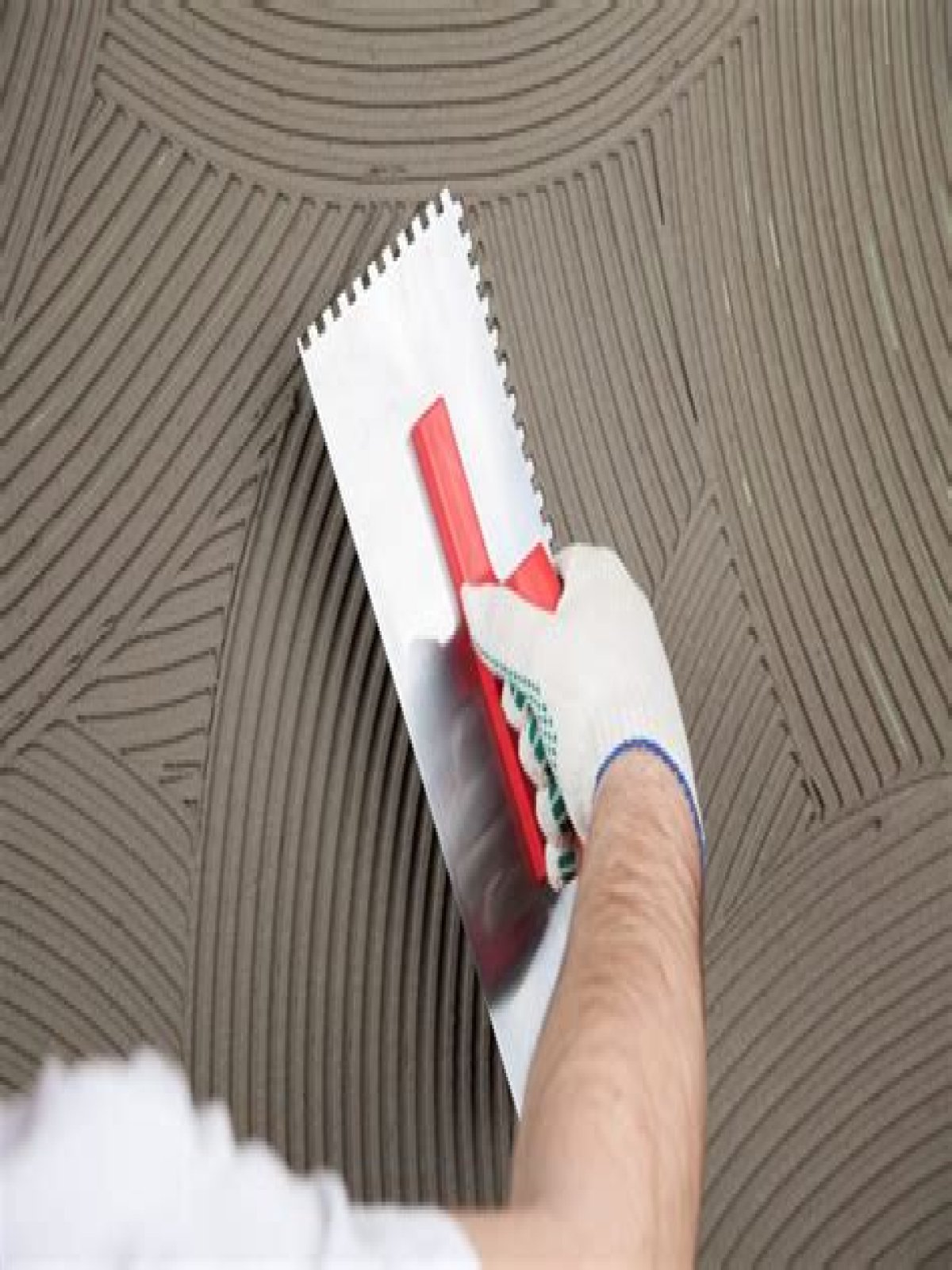What adhesive do you use for ceramic tile?
What adhesive do you use for ceramic tile?
Thinset mortar is your default tile mortar for most indoor and outdoor applications. Thinset is a mortar that is made of Portland cement, silica sand, and moisture-retaining agents. Thinset tile mortar has a smooth, slippery consistency, similar to mud.
Can you adhere tile to tile?
So, in short, you can tile over tile as long as you’re working on a fairly sound surface. The surface of the existing tile should be free of mold and mildew, completely level (including grout), and without any warping or strangely-placed tiles that might otherwise interfere with a smooth new layer.
Will Liquid Nails adhere to ceramic tile?
Things You’ll Need Tiles can be glued in place with Liquid Nails. Liquid Nails manufactures many kinds of adhesive, including one designed to be used on tile. Tiles cannot be nailed, screwed or stapled in place because the surface must remain unbroken, so adhesive is the only way to attach tiles.
Can you use Liquid Nails for ceramic tile?
Liquid Nails FUZE-IT adhesive is recommended for all wall tile applications. FUZE-IT can be used on nearly any substrate including plywood, particle board, treated lumber, drywall, green board, tile board, MDF paneling, glass, metal, ceramic, rubber, and mirrors.
Can I glue ceramic tile to ceramic tile?
2. Not all adhesives can bond tile to tile. Many thinsets and tile mortars are intended to bond with a backerboard or substrate and the bottom of a tile – they may not properly bond with the surface of a glazed ceramic tile or polished glass tile.
Which is the best adhesive for ceramic tile?
Ceramic tile adhesive: Smart benefits Using Bostik ceramic tile adhesives for your wall or flooring offers many advantages – both during the bonding process and following installation. When installing ceramic tile, an emulsion or ‘ready-mix’ adhesive is often perfect for the job, and will improve ease of application.
What kind of adhesive to use on walls?
A ready to use pre-mixed flexible tile adhesive suitable for internal walls with a white formulation ideal for light coloured tiles. A flexible, thin or thick bed, cement-based adhesive specifically formulated to bond tiles onto a variety of substrates.
What is the material composition of ceramic tile adhesive mortar?
What is the material composition of ceramic tile adhesive mortar? The material composition of ceramic tile adhesive mortar generally includes:
What kind of grout to use on ceramic tile floors?
Sanded grout is recommended for use with ceramic tile floors. Organic mastics are among the most popular kinds of adhesives. They are commonly purchased because they do not require mixing and they help wall tiles stay in place without slipping.
What is the best adhesive for tile?
Tile Mastic. Sometimes called “organic” mastic or adhesive, tile mastic is a sticky tile adhesive that comes in premixed tubs. It is best for applications in dry areas, such as walls in kitchens and living areas. Mastic is a water-based acrylic glue that is not moisture-resistant or heat-resistant.
What is the best adhesive for ceramic?
Polyvinyl acetate is the best glue to use to mend broken ceramic. Polyvinyl glue goes on white and dries clear.
What kind of glue to use on ceramic tile?
Because ceramic, non-porcelain tile features a porous composition, epoxy glue serves best for repairing chips and breaks in flooring tile. In addition to general-purpose epoxies that feature a resin and hardener, various manufacturers offer adhesives that cater specifically to ceramic tile repair.
What kind of adhesive is used with tile board?
No matter what type of tile is being installed, there is an adhesive for the job, such as thinset. The oldest tile adhesive still on the market today is organic adhesive , or mastic . Mastic is used primarily for ceramic tiles, with compounds available for both wall and floor installations.
